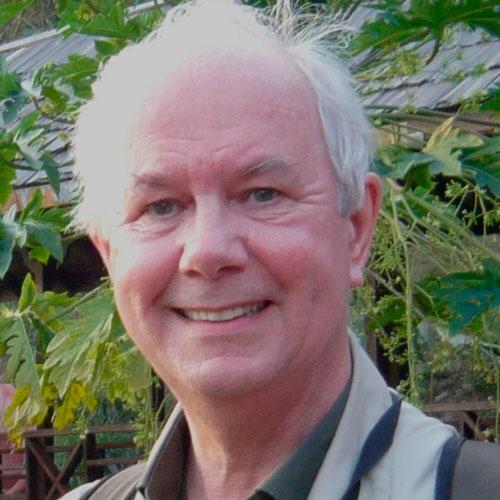Some great mathematicians have long been household names - Archimedes, Isaac Newton. Some have recently come to fame in movies and on TV - Pierre de Fermat, Alan Turing, Srinivasa Ramanujan.
And some... well, you might have heard of them, but most of us haven’t. Without those unheralded significant figures, however, today’s world would have been very different...
1
Muhammad al-Khwarizmi
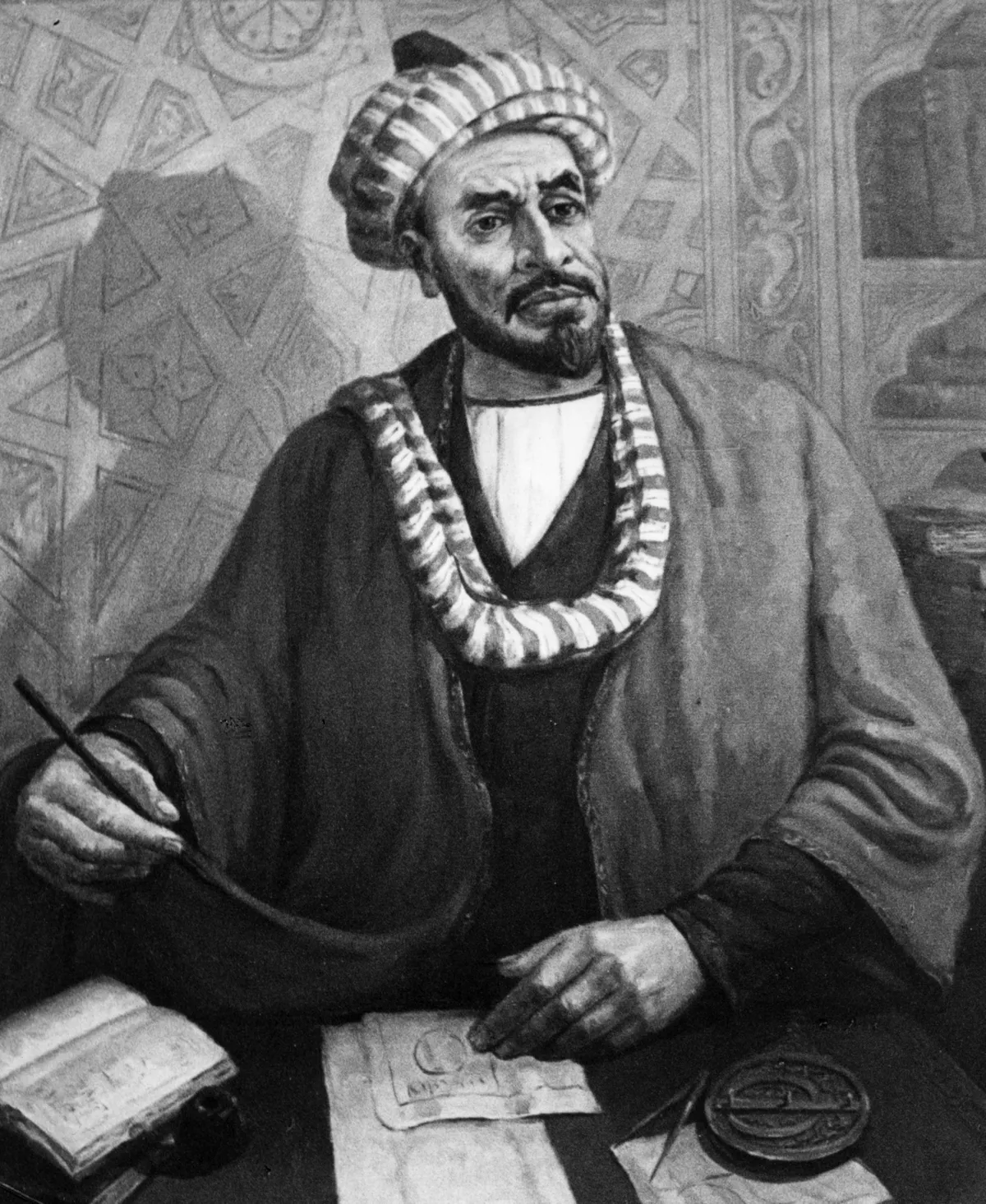
Born: c. 780, Khwarazm, Persia
Died: c. 850
In AD 800 Caliph Harun al-Rashid founded the House of Wisdom, a library in which writings from other cultures were translated into Arabic. Baghdad became a centre for science and trade. Among its scholars was Muhammad ibn Musa al-Khwarizmi, born in what is now Uzebekistan, author of two of history’s great mathematical bestsellers.
On Calculation With Hindu Numerals was a popular maths book written at the behest of al-Rashid’s son and successor al-Ma’mun. Its Latin translation awoke Mediaeval Europe to an amazing new way to do arithmetic using just ten number symbols. In Latin, his name became ‘Algoritmi’ and his systematic calculating procedures were called algorisms — later, algorithms.
Read more:
- Famous space firsts that you might have missed
- 10 amazing women in science history you really should know about
Embodied in computer software, algorithms now run the planet. They post cute cat videos to the Internet, calculate your credit rating, decide which books to try to sell you, and help criminals steal your online banking password.
His second masterpiece was al-Kitab al-mukhtasar fi hisab al-jabr wal-muqabala — The Compendious Book on Calculation by Completion and Balancing. Al-jabr, Latinised to ‘algebra’, became a word in its own right. Al-Khwarizmi didn’t use symbols, but he focused on how to manipulate algebraic expressions in their own right, rather than thinking of the numbers they represent.
2
Nikolai Ivanovich Lobachevsky
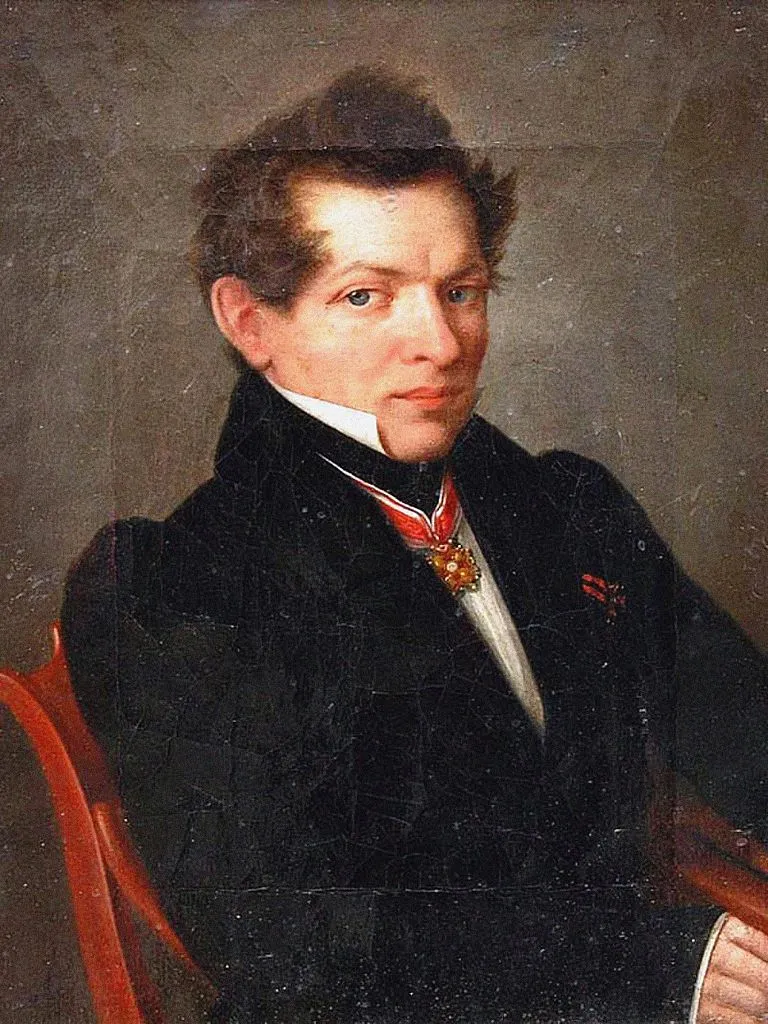
Born: Nizhny-Novgorod, Russia, 1 December 1792.
Died: Kazan, Russia, 24 February 1856
Lobachevsky taught us that Euclid’s geometry is not the only possible kind, and might not be the true geometry of space. He grew up in Kazan in western Siberia, becoming a lecturer at the local University, where he annoyed the administrators by being outspoken and independent. The Tsar sent him a message of thanks for his skill in dealing with a cholera epidemic and a fire.
Aged forty, he married a young wealthy woman, Lady Varvara Moisieva. The Lobachevskys had eighteen children, owned a posh house, led an active social life — and went through their money much too quickly.
His big discovery was non-Euclidean geometry, in which parallel lines behave strangely and the angles of a triangle don’t add up to 180 degrees. This suggestion went down like a lead balloon at the time, and Lobachevsky died blind and in poverty, unaware that anyone would ever take any notice of his discoveries.
Later generations realised that non-Euclidean geometry is the natural geometry of a negatively curved space. Lobachevsky revolutionised mathematics, and his ideas pervade the whole subject. He also blazed the trail for Albert Einstein’s General Theory of Relativity, in which gravity is not a force but the curvature of space.
3
Augusta Ada King-Noel (later known as Ada Lovelace)
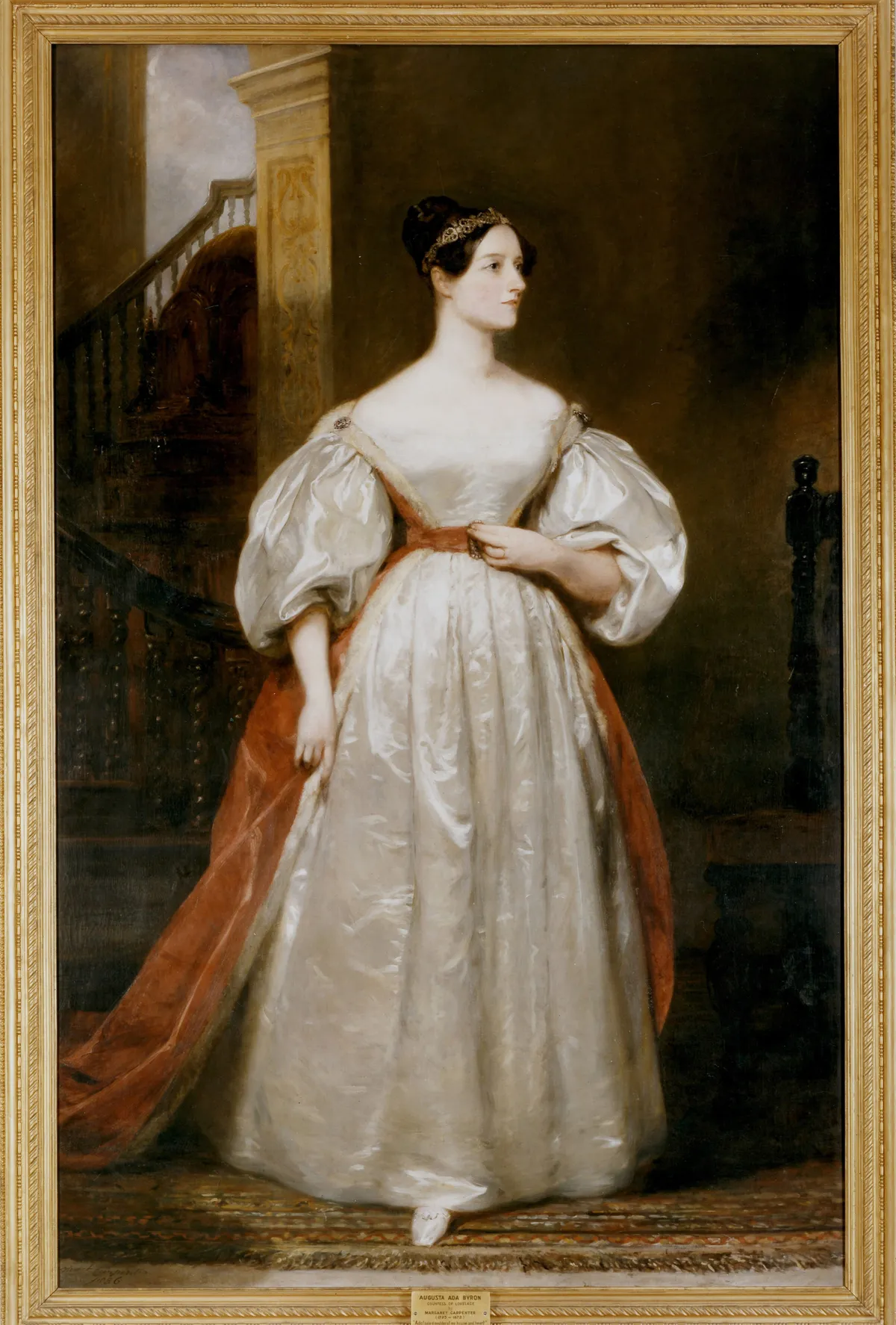
Born: Piccadilly (now London), England, 10 December 1815
Died: Marylebone, London, 27 November 1852
Within a few months of his daughter Ada’s birth, the poet Lord Byron left England, never to return, but he always kept in touch with her. She enjoyed the advantages and disadvantages of an upper-class English upbringing, and in 1833 she met the original but unorthodox mathematician Charles Babbage at a party.
His life’s work was the design and construction of powerful calculating machines. The most ambitious was the Analytical Engine — a programmable computer intended to be assembled from cogs and levers and pawls and ratchets, and the inspiration behind the ‘steampunk’ genre of science fiction. The British government spent about three quarters of a million pounds in today’s money on it, but it was never built.
Nonetheless, it sparked the computer revolution. Ada was writing a commentary showing how to set the machine up to perform specific calculations, and she was struck by its potential versatility. Arithmetic was just the start. ‘Supposing, for instance, that the fundamental relations of harmony and musical composition were susceptible of such expression,’ she wrote, ‘the Engine might compose elaborate and scientific pieces of music of any degree of complexity.’
Ada is often seen as the first computer programmer, though this is controversial; she also has claims as a visionary pioneer of artificial intelligence. But her importance in promoting Babbage’s work is undeniable. He called her ‘the Enchantress of Number.’
4
Sofia Kovalevskaia
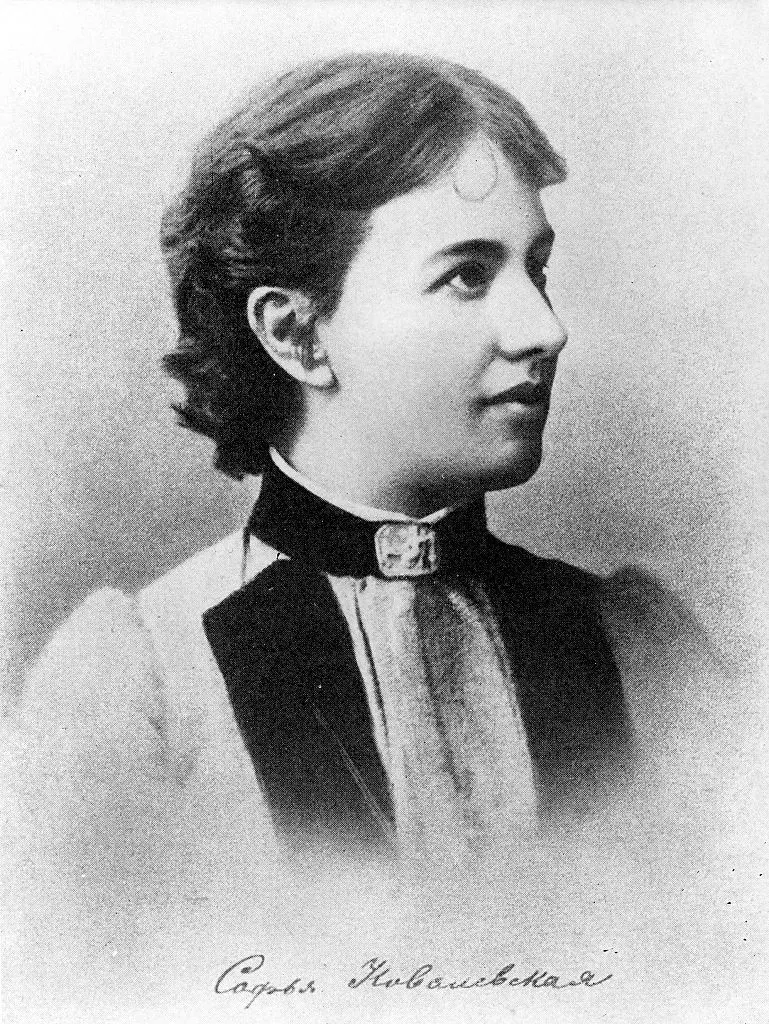
Born: Moscow, Russia, 15 Jan 1850
Died: Stockholm, Sweden 10 Feb 1891
Young Sofa, as the family called her, had a burning desire to understand whatever took her fancy, and in this case it was wallpaper.
Her father, a General in the Imperial Russian Army, owned a country estate near St Petersburg. When the house was redecorated, they ran out of wallpaper for the nursery, so they used pages from an old calculus text. She spent hours staring at the arcane symbols, trying to figure out their meaning.
She decided to become a mathematician. Russian women were not allowed to go to university, but they could study abroad with permission from a husband. So Sofia contracted a ‘fictitious marriage’ with Vladimir Kovalevskii, a palaeontologist. Their political views were nihilist, rejecting any convention that lacked rational support — such as government and the law.
In 1870 she moved to Berlin to study under the distinguished mathematician Karl Weierstrass. When the university refused to admit her, Weierstrass gave her private lessons. By 1874 she had written three high-quality research articles — a major result about partial differential equations, widely used in mathematical physics; the dynamics of Saturn’s rings; a technical paper on calculus.
Back in Russia, the Kovalevskiis embarked on a disastrous business venture and Vladimir killed himself. Despite the setback, Sofia secured a position at Stockholm University — the only woman in Europe to hold an official academic post. She discovered a radically new solution for the rotation of a rigid body, now called the Kovalevskaia top. She also wrote A Russian Childhood, two plays with Anna Carlotta Edgren-Leffler, and the novel Nihilist Girl.
5
Emmy Noether

Born: Erlangen, Germany, 23 March 1882
Died: Bryn Mawr, Pennsylvania, USA, 14 April 1935
Emmy Noether’s father Max was a notable mathematician, and Emmy was bitten by the mathematics bug. At the University of Erlangen there were only two women students out of 986, and she had to get permission from individual professors to attend their lectures.
In 1904 the rules changed, and Noether took a PhD in invariant theory, a hot area of algebra. David Hilbert was moving into mathematical physics, inspired by Einstein’s Relativity. He wanted an expert on invariants, and Noether fitted the bill perfectly. Within a short time she solved the two key problems he set her.
She also proved an important result now called Noether’s Theorem, relating the symmetries of a physical system to its conservation laws. For example, the laws of physics are symmetric under rotations of space; the theorem relates these symmetries to the Law of Conservation of Energy.
Noether then changed fields, and founded modern abstract algebra, emphasising the need for a general axiomatic approach to all mathematical structures. She also reinterpreted basic notions of algebraic topology in the form we use today.
In an obituary letter to the New York Times, Albert Einstein wrote: ‘Fräulein Noether was the most significant creative mathematical genius thus far produced since the higher education of women began.’
Significant Figures: Lives and Works of Trailblazing Mathematicians by Ian Stewart is available now (£20.00 hardback/£15.99 ebook, Profile Books)
